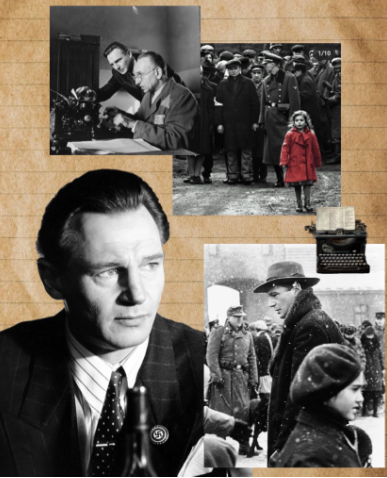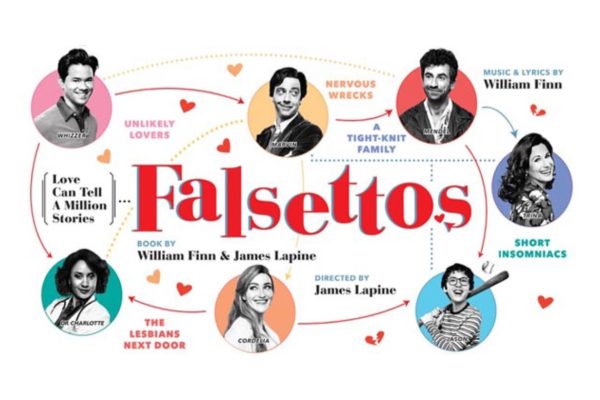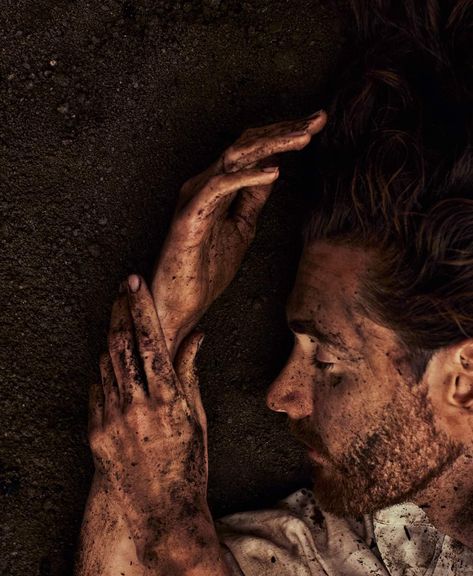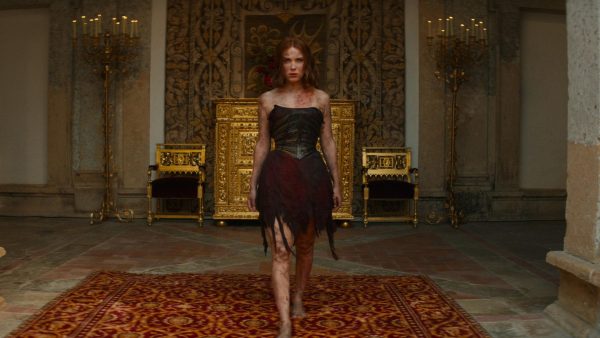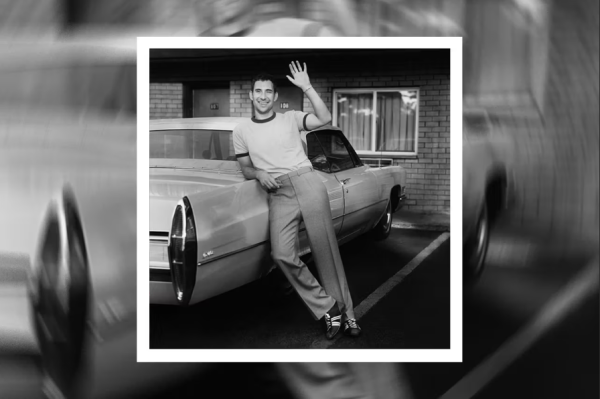Schindler’s List (1993)- Anniversary Edition
AFI’s Top 100 Movies
February 10, 2023
Celebrating its 30th year anniversary as of February 4th, Schindler’s List (1993) is a critically acclaimed Holocaust film, famed for its astounding storytelling, and crew members. It illustrates the true story of Oskar Schindler, a German manufacturer, who saves the lives of 1100 Polish-Jewish refugees from the Holocaust. The film is intentionally very difficult to watch, consisting of brutal and horrific scenes embodying the reality of Jewish citizens at the time of the Third Reich.
Schindler’s List has received countless prestigious awards, including winning the academy awards for Best Picture, Best Director, Best Adapted Screenplay, and Best Original Score. Upon release, audiences praised the powerful storytelling, excellent acting, and masterful directing, while the film ended up grossing about $321.2 million globally. Starring Liam Neeson as Oskar Schindler, directed by Steven Spielberg, and containing a music score by John Williams, Schindler’s List is a chilling and enlightening historical drama about the world’s most horrifying genocide.
The movie begins with a scene of candles being lit, for the Jewish observance of Sabbath. This is one of few scenes throughout the movie containing color, as the rest of the movie is filmed in black and white. The camera zooms in on a warm, orange-colored flame, but it diminishes and becomes smoke. It then transitions into a scene of a train station, with groups of travelers assembling at a table. There, Jewish families are arriving in Kraków, Poland, registering on the orders of the Nazi Party who had forced masses of Polish Jews to come and stay at the Kraków Ghetto.
The audience is introduced to Oskar Schindler, a German entrepreneur and member of the Nazi party, who travels to Kraków with an agenda. He plans to build an enamelware factory and make money, and looks to hire Jewish citizens to work and invest in the factory. By law, Polish Jews were not allowed to own businesses, and so Schindler intended to pay them through product, which he explained would maximize his profits. Working at Schindler’s factory meant that the Jews would not be sent to concentration camps, which ensured interest and left Schindler with many hopeful employees to choose from.
While living in Kraków, Schindler uses charisma and bribery to immerse himself with important Nazi officers, and gain influence and status within the Nazi Party. Him and his Jewish accountant, Itzhak Stern (played by Ben Kingsley), attempt to employ as many Jewish citizens as possible into the factory, which proves to be even more difficult with the arrival of Amon Göth (played by Ralph Fiennes), a cruel and ruthless second Lieutenant of Hitler’s paramilitary. He arrives in Kraków to begin construction of the Kraków-Płaszów concentration camp, which results in the eradication of the Kraków Ghetto. Half of the Jewish residents of the ghetto are sent to the camp, while the other half are murdered in the streets. Schindler watches the massacre from a distance and is horrified by the scene. Out of all the victims seen on the streets, one little girl in particular stands out. She is made apparent in a bright red coat, being the only colorful subject in the black and white frame. Schindler watches her, but soon she becomes lost in the crowd. Later, Schindler finds her again, but among the countless other corpses being prepared to be incinerated.
As the movie progresses, Schindler’s original goal makes a very subtle shift from making money, to saving as many Jewish victims as possible. In doing so, he must maintain his status and friendly relations among the Wehrmacht (German forces) and military officers.
Director Steven Spielberg had trouble deciding whether or not to take on the job of directing Schindler’s List. He felt that he wasn’t experienced enough to bring justice to the story he wanted to tell, but took up the project after agreeing to finish his work on Jurassic Park (1993) first. He wanted to bring light to the horrors of the Holocaust after the upsurge of Neo-Nazism at the time, and show intolerance for the anti-Semitic sympathizers.
Spielberg and some of the cast and crew found certain aspects of the filming process difficult. In his childhood Spielberg experienced anti-Semitism, and had relatives who were victims of the Holocaust. The movie was filmed in Kraków, Poland, as well as on the grounds of the Auschwitz-Birkenau State Museum. Spielberg and cast and crew members found it very emotional to be visiting Auschwitz, and reenacting the atrocities that took place. During filming, there were also several instances where the crew were attacked with anti-Semitic graffiti and encounters.
Schindler’s List comprises many noticeable themes, the most obvious being good vs. evil. Schindler is portrayed as the protagonist of the film, while Amön Goth is the antagonist. Symbolism is also at play as Spielberg uses it to portray important messages throughout the film. In the quintessential scene of Kraków Ghetto massacre, the young girl in the red coat stands out to Schindler in the crowds of victims, but is unnoticed by everyone on the street. This moment is meant to depict the idea that the United States was aware of the existence of the Holocaust, and yet did not attempt to avail the victims.
This film was quite difficult to watch, as it contained gruesome and heartbreaking scenes illustrating the dreadful experiences of the Jewish population during the Holocaust. However, it sheds light on a necessary story and is able to captivate audiences through its excellent narrative.


